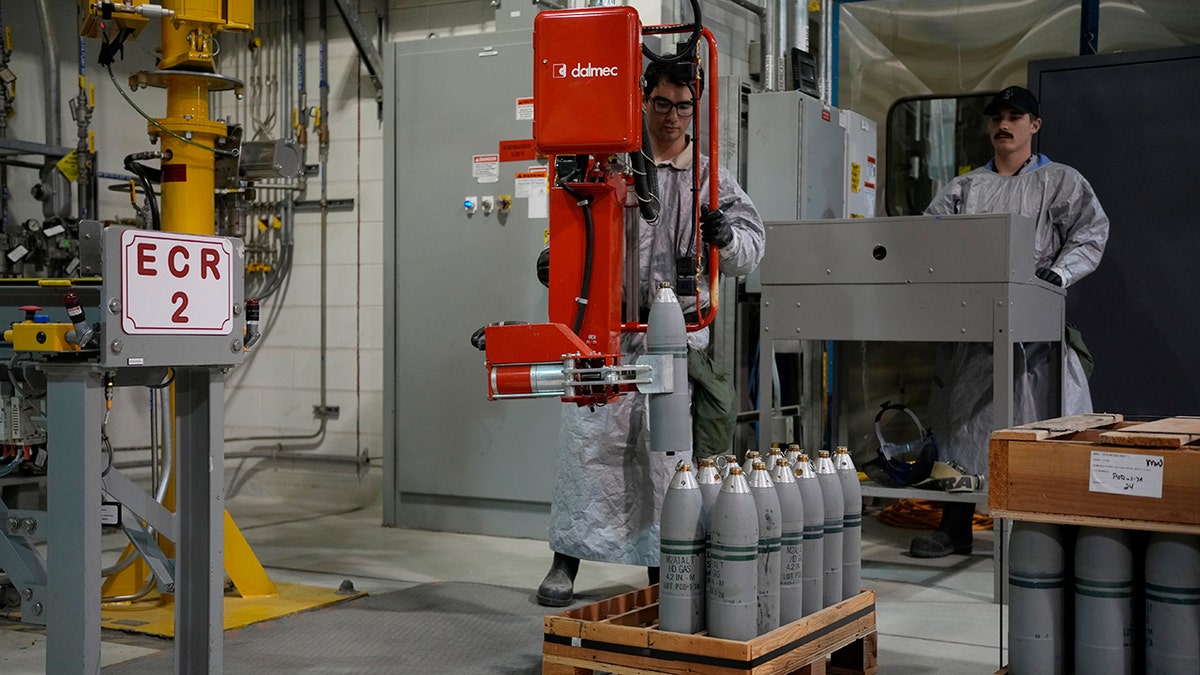A significant milestone in arms control is on the horizon as the United States approaches the complete destruction of its declared chemical weapons stockpile. At the Blue Grass Army Depot in Kentucky, workers are diligently dismantling the final rockets containing GB nerve agent (sarin), marking the culmination of a decades-long effort to eliminate a Cold War legacy of over 30,000 tons of chemical munitions.
This achievement holds profound implications not only for the communities of Richmond, Kentucky, and Pueblo, Colorado (where another depot recently completed its chemical weapons destruction), but also for global arms control initiatives. The impending September 30th deadline, mandated by the 1997 International Chemical Weapons Convention (CWC), underscores the international commitment to eradicating these devastating weapons.
The destruction of the remaining M55 rockets filled with sarin, stored at the Blue Grass Army Depot since the 1940s, sends a powerful message about the unacceptability of chemical warfare. It reinforces the U.S. commitment to the CWC, a treaty ratified by 193 nations, and encourages the few remaining holdouts to join the global effort.
The historical context of chemical weapons, dating back to their devastating use in World War I, highlights the significance of this achievement. Despite being banned by the Geneva Convention, these weapons continued to be stockpiled until the CWC. The Pueblo Chemical Depot in Colorado, which completed its mission in June 2023, neutralized approximately 2,600 tons of mustard blister agent, representing a substantial portion of the original U.S. stockpile.

The elimination of these weapons alleviates a long-standing concern for communities near the storage sites. While the stockpiles were not considered an immediate threat, their presence raised anxieties about potential accidents or misuse.
The path to destruction was not without its challenges. In the 1980s, the community surrounding the Blue Grass Army Depot successfully opposed the Army’s initial incineration plan, citing concerns about toxic pollution. This led to the adoption of neutralization, a safer method for disposing of the chemical agents.
The project has also provided economic benefits to the affected communities. With the impending departure of a highly skilled workforce, both Richmond and Pueblo are actively promoting their regions to attract new businesses and leverage the available talent pool.
The neutralization process involves diluting the chemical agents with hot water and a caustic solution, rendering them harmless. The resulting byproduct is further broken down in microbial tanks, and the metal components of the munitions are decontaminated and recycled. Leaky or overpacked munitions are destroyed in a specialized detonation chamber.
The completion of the U.S. chemical weapons destruction program represents a significant step forward for the CWC, leaving only a few nations outside the treaty's framework. Concerns remain about potential undeclared stockpiles in countries like Russia and Syria. However, this achievement serves as a powerful example of international cooperation in eliminating weapons of mass destruction and provides a potential model for future disarmament efforts.








